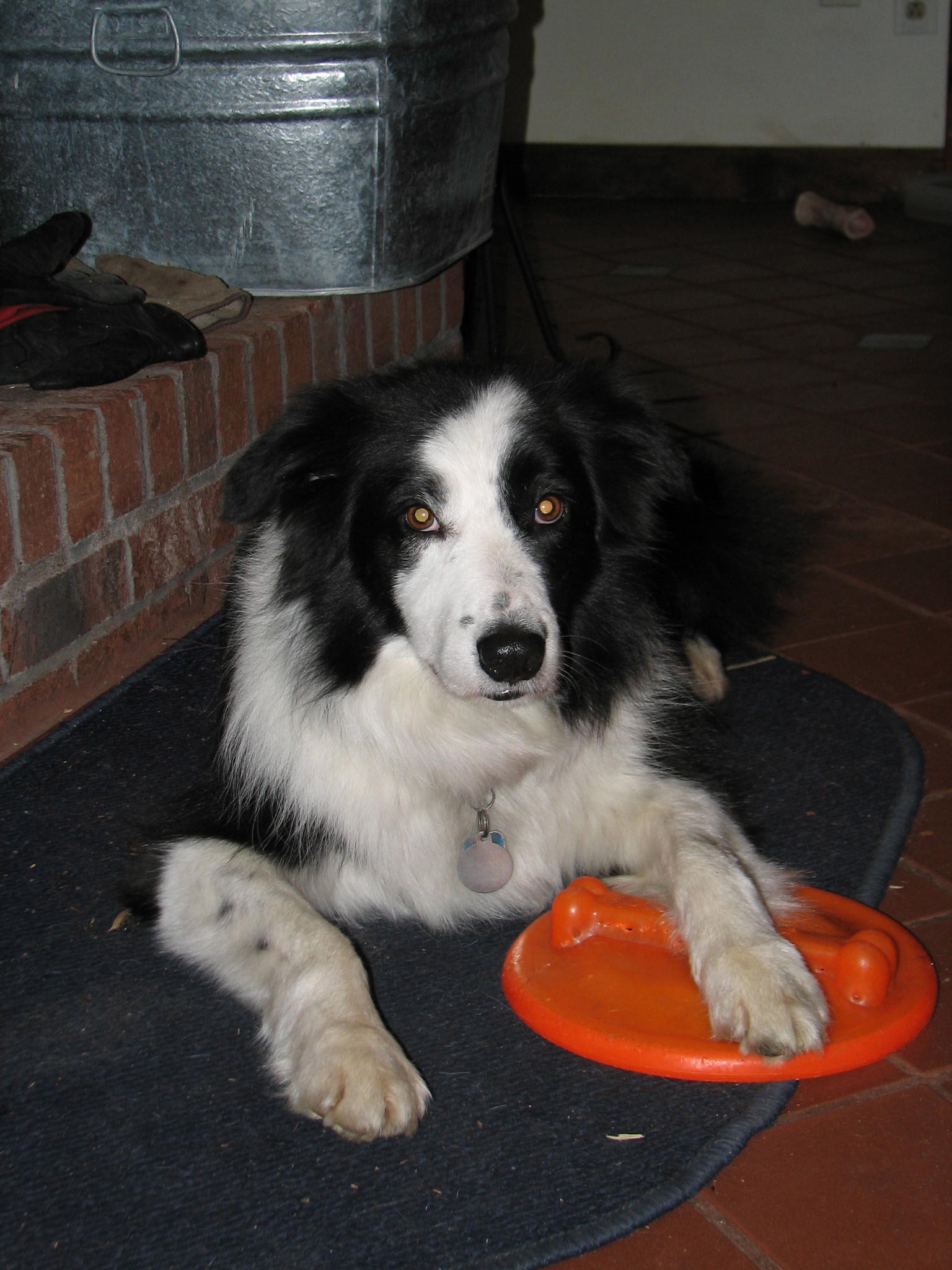 Play: Begin by figuring out what rocks your dog’s world. If the dog is too afraid to engage in playful behaviors with or without your involvement you need to lower their stress level. It may mean changing their environment, giving them a place where they feel safer or are exposed to triggers less often or intensely. Changing how you and others interact with the dog may be in order. Speaking to a vet about medications that help lower your dog’s stress level & also improves their ability to learn new skills and behaviors, should be at the top of every fearful dog owner’s list.
Play: Begin by figuring out what rocks your dog’s world. If the dog is too afraid to engage in playful behaviors with or without your involvement you need to lower their stress level. It may mean changing their environment, giving them a place where they feel safer or are exposed to triggers less often or intensely. Changing how you and others interact with the dog may be in order. Speaking to a vet about medications that help lower your dog’s stress level & also improves their ability to learn new skills and behaviors, should be at the top of every fearful dog owner’s list.
Do not limit your definition of what play is, it will vary from dog to dog. A young dog might engage in more rough and tumble play while an older dog might enjoy a game of finding hidden treats or chewing on a bone.
Exercise: Studies have shown that exercise helps animals cope with stress. While any type of exercise is likely to be beneficial to a dog’s health, try to find activities which allow the dog freedom of movement so that they have the opportunity to use their bodies in varying ways. Exercise can look like or be play.
Training: I could ruffle feathers and say that ‘training is the last thing a fearful dog needs’! The reality is that we are training our dogs whether we are conscious of it or not. But rather than begin our work with a fearful dog by thinking about what we want or need from them and focusing on that, begin by discovering what makes your dog feel happy and playful. A fearful dog is very good at feeling afraid and reacting in fearful ways, most are less competent at feeling happy and positively excited about life. By giving them the opportunity to practice feeling good we are also making it easier for them to focus on what we are trying to teach them.
Training should be done in the most dog-friendly ways possible. Anything that scares or stresses your dog, especially early in your relationship is only going to make the process of rehabilitation more challenging. If the training you are doing with your dog looks like play even better!
P.E.T. Therapy will help change your dog’s brain and thinking about it will change yours as well.
*copyright 2009 Debbie Jacobs





